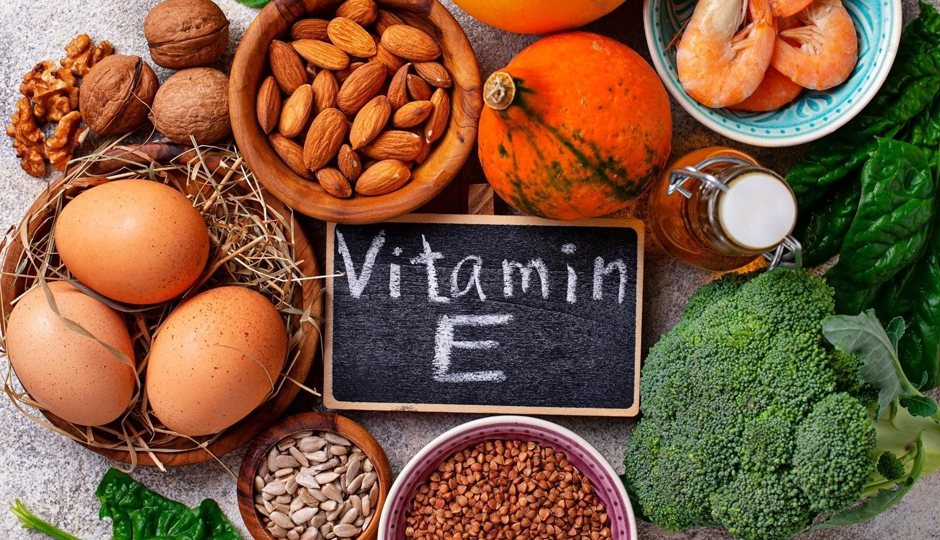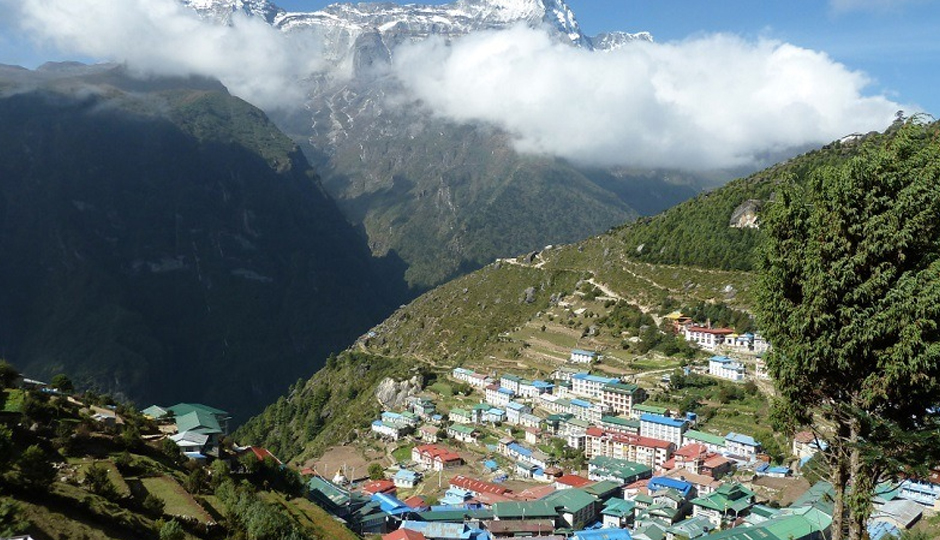6 Must Visit Temples In Vrindavan
By: Kratika Maheshwari Sat, 01 Oct 2022 10:43:04
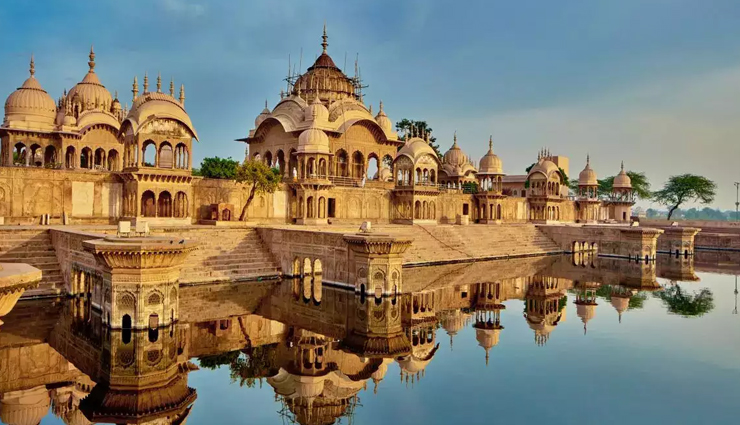
Vrindavan also spelled as Brindaban is the place where Lord Krishna enjoys his childhood. It is a holy town situated on the banks of the Yamuna River in the Mathura district of Uttar Pradesh. The word Vrindavan means forest of Basil as Vrinda = Basil and Van = forest. It is one of the major pilgrimage centers for Hindus, and one of the oldest cities in the country.
Entire Vrindavan is full of holy places and temples, thus along with the Prem Mandir, you must plan to visit other temples as well. The Govindaji and Ranganatha temples are in the eastern part of town. In the middle of the downtown area is Loi Bazaar, the main shopping bazaar to get devotional items and clothing. A few well-known are Shri Banke Bihari Temple, RangNath Temple, Jaipur Temple, ISCON Krishan-Balram Temple, Radha Vallabh, Vrindavan Bihari, Sewa Kunj, Nidhi Van, etc.
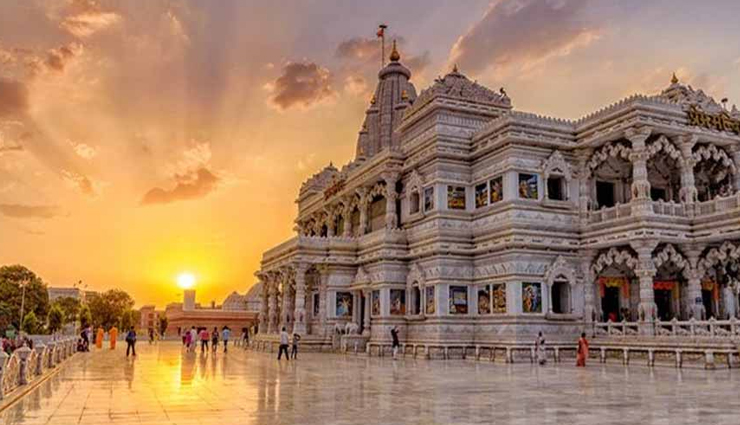
# Prem Mandir, Vrindavan
The Prem Mandir, Temple of God’s Love is one of the most famous Hindu temples located on the outskirt of Vrindavan in Mathura district, Uttar Pradesh. There are beautiful tableaux and carved walls on the temple premises which depict the part times of Lord Shri Krishna. The conquest of Kalia Nag, Raas Leela with gopis, and the raising of the Govardhan mountain on his finger are beautifully carved as if they will come alive in a short time.
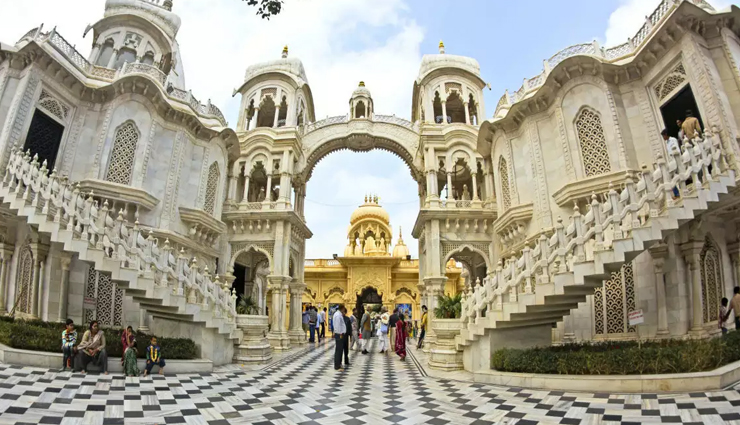
# Iskcon Temple
Sri Krishna-Balarama Temple was built by the International Society for Krishna Consciousness (ISKCON) in Raman-Reti, about a 15-minute bicycle-rickshaw ride from the main downtown area. The road in front of the Hare Krishna temple is called Bhaktivedanta Swami Road. It is also referred to by its old name, Chatikara Road.
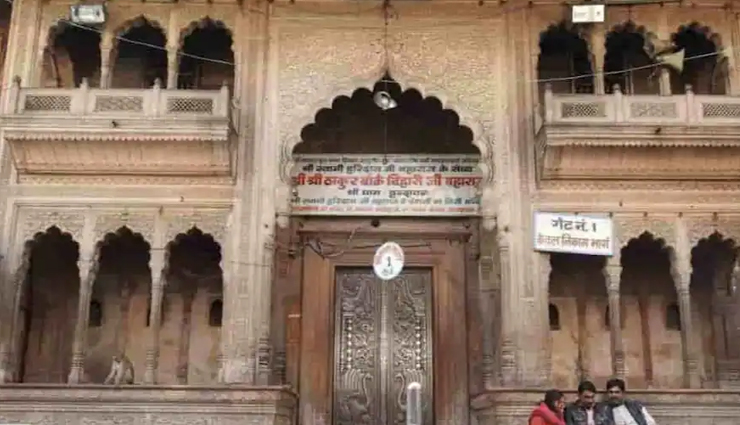
# Shri Bankey Bihari Ji Temple, Vrindavan
Shri Bankey Bihari Ji Temple (1864) was established by Haridas Swami, a contemporary of the six Goswamis. This is the most popular temple in Vrindavan, especially in the month of Sravana, during Jhulan Yatra. It is an interesting temple to visit. The curtain before the Deities is not left open like at other temples. Every few minutes the curtain is pulled shut and then opened again. This shrine is considered among the 7 temples of Thakur of Vrindavan. The image of Krishna Ji is standing in the Tribhanga posture in this temple.
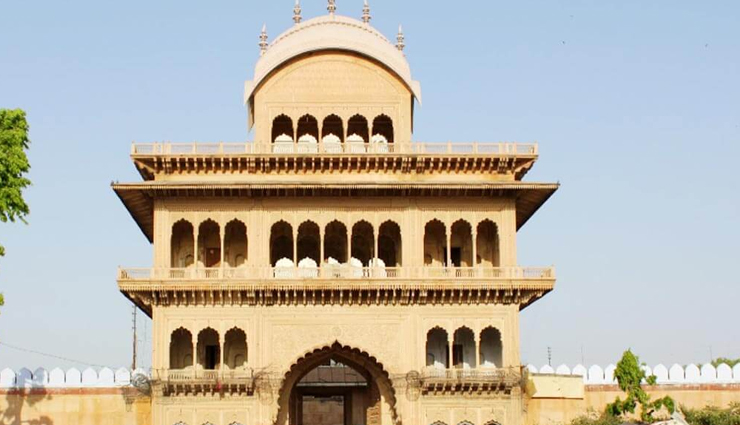
# Shri Rangnath Ji temple, Vrindavan
The largest temple in Vrindavan, Shri Rangnath Ji Mandir has a Dravidian style of architecture built in the year 1851. This temple is dedicated to Lord Ranganatha who depicts Lord Vishnu and inside, you can see the holiness in his Sheshashayee Pose resting around the Sesha Naga. Besides this, there are also other deities who you can worship are of Lord Rama, Lord Lakshman, and Goddess Sita along with Lord Narasimha, Lord Venugopala, and Lord Ramanujacharya in this sacred shrine in Vrindavan. Along with a Dravidian style, a rare mixture of South and North classical styles of architecture can also be witnessed.
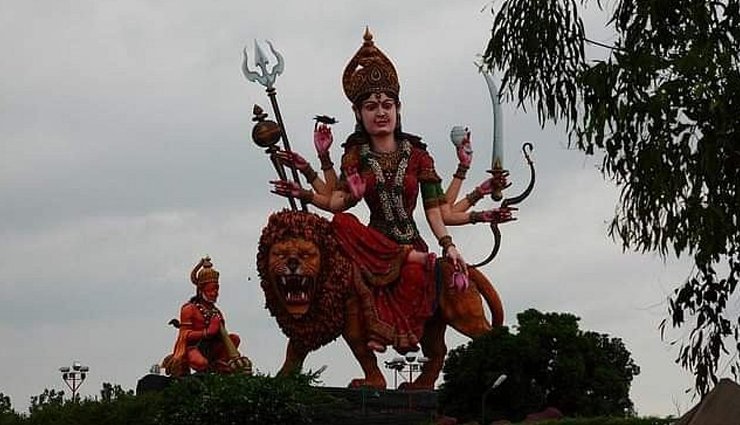
# Vaishno Devi Temple, Vrindavan
Vaishno Devi Temple in Vrindavan is built on 11 acres of land and has a huge and beautiful image of Goddess Durga sitting on a Lion which attracts the pilgrims to the temple. The temple premise has many facilities for the pleasure of devotees. There is a yoga center and a big meditation hall along with dharmshalas and a library.
Vaishno Devi Mandir is located in the Katra district in Jammu. Every year thousands of pilgrims from different parts come to this Vaishno Devi temple to have the blessings of Maa Vaishno. But due to certain reasons, few people are unable to get the opportunity to visit the shrine. Keeping this in mind Sh. J.C. Chaudhary, managing trustee of Jay Kay trust decided to erect a shrine commemorating Maa Vaishno Devi in the divine land of Vrindavan.
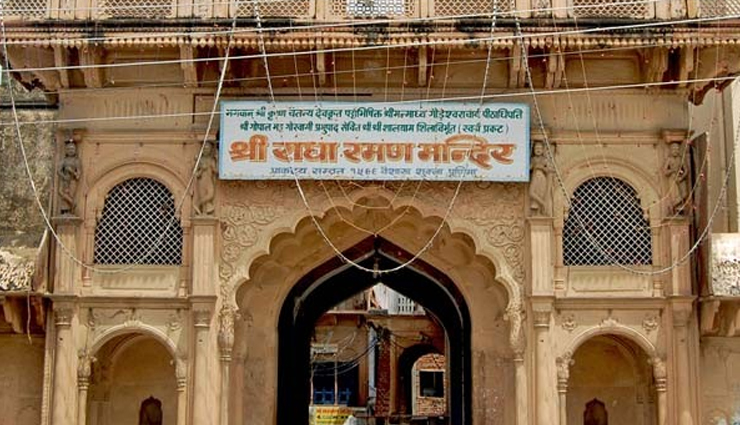
# Radha Raman Mandir, Vrindavan
Constructed in 1542 at the request of Gopala Bhatta Goswami in the sixteenth century, the Radha Raman temple is one of the most exquisitely crafted and revered temples of Vrindavan. ”Radha Ramana” means “one who gives pleasure to Radha”, and Radha Ramana is one of the few original deities still left in Vrindavan. The self-manifested deity came out of the Saligram Shila.


